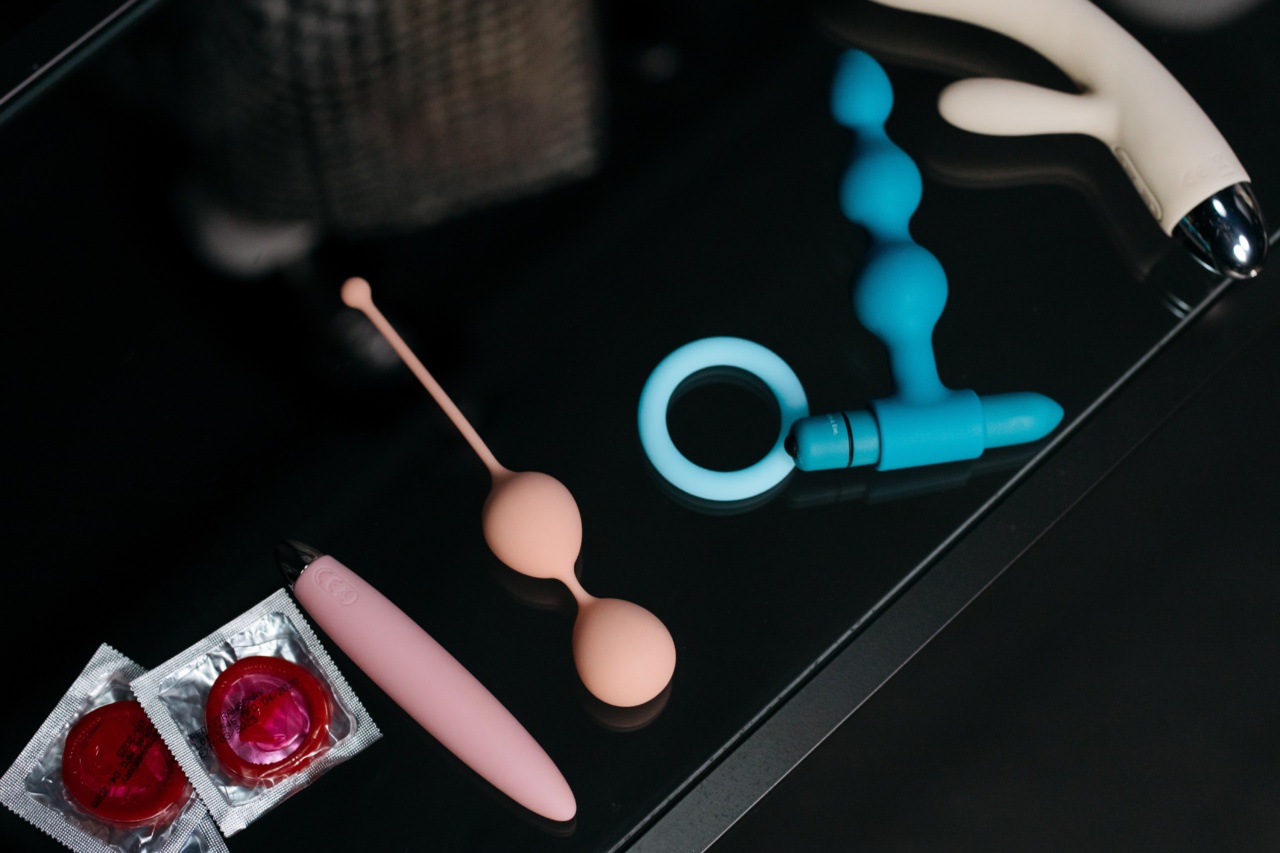Sexual satisfaction is a crucial aspect of human relationships and overall well-being. It contributes to emotional intimacy, physical pleasure, and overall life satisfaction.
However, numerous studies have shown that there is a gender gap in sexual satisfaction, with men often reporting higher levels of sexual satisfaction compared to women. In this article, we will explore the factors that contribute to this gender gap and shed light on potential ways to bridge the divide.
1. Biological Factors
One possible explanation for the gender gap in sexual satisfaction lies in biological differences between men and women. Men generally have a higher sex drive due to higher testosterone levels, which can lead to increased sexual desire and pleasure.
On the other hand, women’s sexual desire is more complex and influenced by various factors such as hormones, emotional connection, and overall well-being. These biological differences can contribute to differences in sexual satisfaction between genders.
2. Societal Expectations and Gender Roles
Society plays a significant role in shaping our attitudes towards sex and sexual satisfaction.
Traditional gender roles often dictate that men should be dominant and assertive in sexual encounters, while women are expected to be passive and responsive to their partner’s needs. These societal expectations can create pressure and constraint women’s ability to express their desires and preferences, leading to lower levels of sexual satisfaction.
3. Communication and Emotional Intimacy
Effective communication and emotional intimacy are essential in fostering a satisfying sexual relationship. However, studies suggest that women often place a higher emphasis on emotional connection and intimacy compared to men.
When emotional intimacy is lacking, women may experience decreased sexual satisfaction. Encouraging open and honest communication about sexual desires and needs can help bridge the gender gap in sexual satisfaction.
4. Pleasure Discrepancy and Orgasm Gap
Another factor contributing to the gender gap in sexual satisfaction is the pleasure discrepancy and orgasm gap between men and women. Research indicates that men achieve orgasm more consistently and easily compared to women.
This disparity can lead to frustration and dissatisfaction for women, consequently contributing to lower overall sexual satisfaction.
5. Sexual Education and Awareness
Insufficient sexual education and awareness can contribute to the gender gap in sexual satisfaction.
Society often focuses on male pleasure and treats female pleasure as secondary, leading women to feel neglected or uninformed about their own bodies and sexual needs. By prioritizing comprehensive sexual education that addresses pleasure for all genders, we can empower individuals to have fulfilling sexual experiences and bridge the gender gap in sexual satisfaction.
6. Psychological Factors
Psychological factors, such as body image concerns, self-esteem issues, and past experiences of trauma or abuse, can also significantly impact sexual satisfaction.
Women, in particular, may be more affected by these psychological factors, leading to lower sexual satisfaction. Addressing and seeking support for these issues can play a crucial role in improving overall sexual well-being.
7. Cultural and Religious Influences
Cultural and religious beliefs can shape our attitudes and expectations regarding sex and sexuality.
In some cultures and religions, female sexual pleasure may be considered taboo or even sinful, which can contribute to a gender gap in sexual satisfaction. By promoting a more inclusive and sex-positive culture, we can challenge these beliefs and create an environment that fosters sexual satisfaction for all.
8. Relationship Quality
The quality of a relationship, including factors such as trust, commitment, and overall satisfaction, plays a vital role in sexual satisfaction.
When couples have a strong emotional bond and are satisfied with their relationship, sexual satisfaction tends to be higher for both partners. Building and maintaining a healthy relationship can, therefore, help bridge the gender gap in sexual satisfaction.
9. Access to Sexual Health Services
Unequal access to sexual health services can also contribute to the gender gap in sexual satisfaction.
Women may face barriers in accessing reproductive healthcare, contraceptive methods, and sexual health information, which can negatively impact their overall sexual well-being. Ensuring equal access to comprehensive sexual health services can help address these disparities and improve sexual satisfaction among women.
10. Empowering Female Sexuality
Finally, empowering female sexuality and addressing the societal taboos surrounding women’s pleasure are crucial in bridging the gender gap in sexual satisfaction.
By challenging stereotypes, promoting sexual autonomy, and embracing diverse expressions of sexuality, we can create a more inclusive and satisfying sexual landscape for women.































